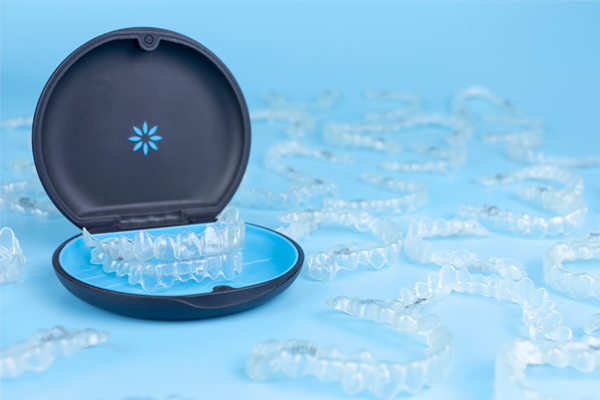 A family dentist is an excellent choice for many people. This professional is trained to diagnose and treat common dental conditions in patients of all ages so that an entire family can visit the same dentist. That makes it easy for busy households to schedule routine care and preventative treatments. Patients should always work with a dental professional to determine the appropriate treatment options for their unique needs.
A family dentist is an excellent choice for many people. This professional is trained to diagnose and treat common dental conditions in patients of all ages so that an entire family can visit the same dentist. That makes it easy for busy households to schedule routine care and preventative treatments. Patients should always work with a dental professional to determine the appropriate treatment options for their unique needs.
Tools a family dentist uses to maintain healthy teeth and gums
While each person must work directly to establish a suitable care routine, some preventative measures are more common than others. Patients are most likely to encounter the following treatments during an exam at a general dentist's office.
Cleanings
Cleanings are recommended approximately every six months for most people. During this procedure, a technician carefully removes any tartar buildup on and between teeth and polishes them to a shine. Routine cleanings allow technicians to address hard-to-reach areas that individuals may miss during daily brushing and flossing. It is also a good opportunity for patients to ask questions about proper dental care.
Digital X-rays
Modern technology means that a family dentist can get a clear view of the patient's teeth within minutes. Whether through a standard set of bitewings or a panoramic 3-D model of the mouth, digital X-rays allow dentists to see any hidden problems and address them quickly. That limits the amount of damage that might otherwise spread to nearby teeth and gums. X-rays are also an excellent tool to monitor jaw alignment and improve early detection of any abnormalities.
Sealants
Dental sealants are a quick and comfortable preventative dentistry treatment. During an appointment, a thin layer of sealer is placed over the chewing surfaces of the teeth. Sealants are most commonly used in the larger, back teeth such as molars and premolars, and they work particularly well in children and teens who may be a little lax in general cleaning procedures. Sealants limit cavity formation and decay by preventing food and bacteria from attaching to dental surfaces.
Fluoride treatments
Fluoride applications are proven to help prevent tooth decay and are an essential tool in preventative dentistry. Fluoride can be applied directly to teeth in a thin layer with a brush or by temporarily fitting a tray filled with fluoride gel over the teeth. Either way, the process is relatively quick and straightforward. Fluoride treatments help remineralize teeth and reduce the likelihood of cavities, cracks, chips, and decay. Some patients also find that they help with tooth sensitivity that is triggered by extreme temperatures.
Patient education
In many cases, education can be an excellent tool for preventing dental problems, especially when it comes to young patients who are unsure about how to care for their teeth and gums properly. The right dentist will encourage questions and provide thorough, appropriate answers to them.
Conclusion
A family dentist should be viewed as an essential partner in your family's dental care. Utilizing modern tools and practices, these dental professionals employ various techniques designed to keep teeth healthy and strong.
Request an appointment or call Carolina Smiles Family Dental at 828-974-3326 for an appointment in our Brevard office.
Recent Posts
Seeing your family dentist for regular checks and treatments can maintain or improve your dental health. You can avail of basic treatments during your visits. Knowing what each one is can help you make informed decisions. Here are the common treatments that you can get from your family dentist.Cavities may worsen over time. Dental decay…
A regular visit to the family dentist may reveal that a patient has a chipped or cracked tooth. A patient generally knows if a tooth is fragmented due to its appearance. A tooth can become damaged from improper biting, cavities, poor hygiene, teeth grinding, and trauma. A cracked tooth is often harder to notice because…
There are many reasons to consider choosing either a family dentist or a general dentist. A move to a new location, changing dental needs, or even the retirement of a current dentist can lead a patient to weigh the available options in dental care. Knowing the difference in the services and restrictions of each type…


